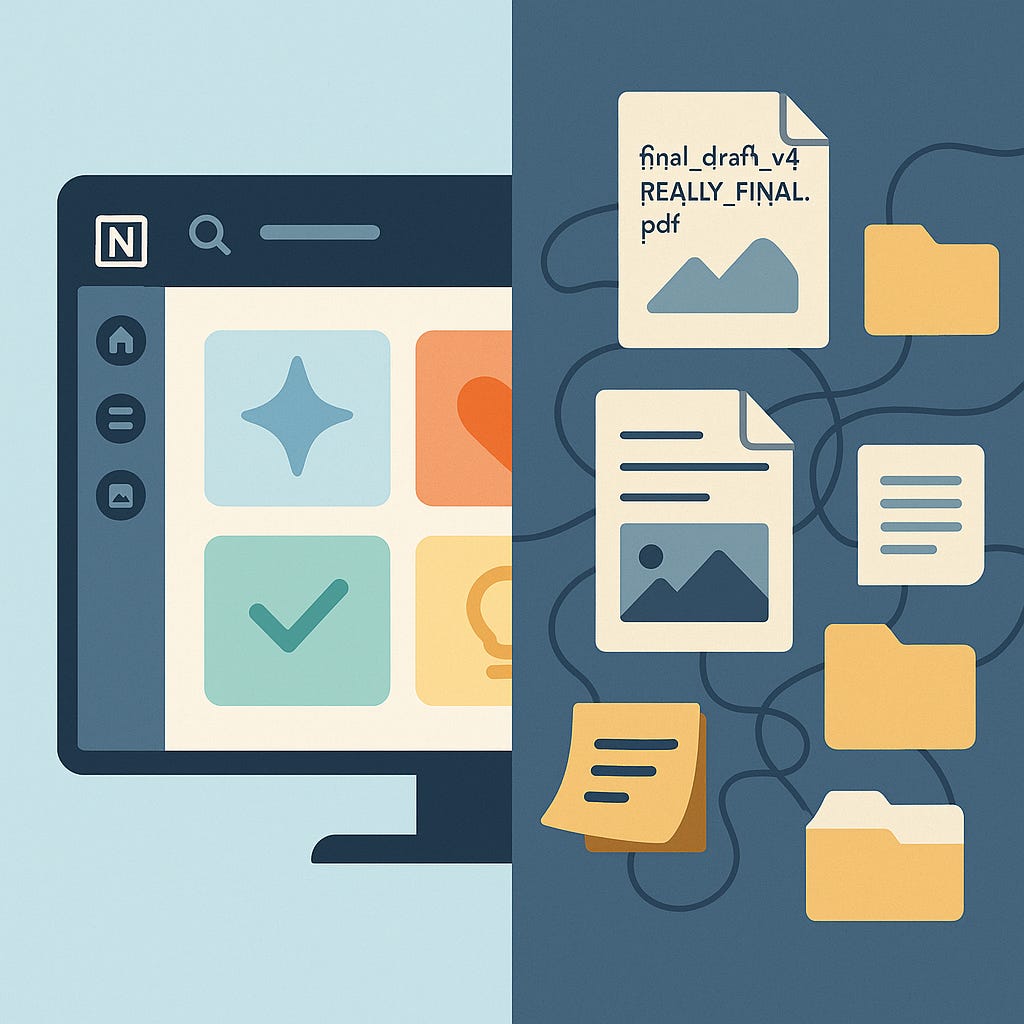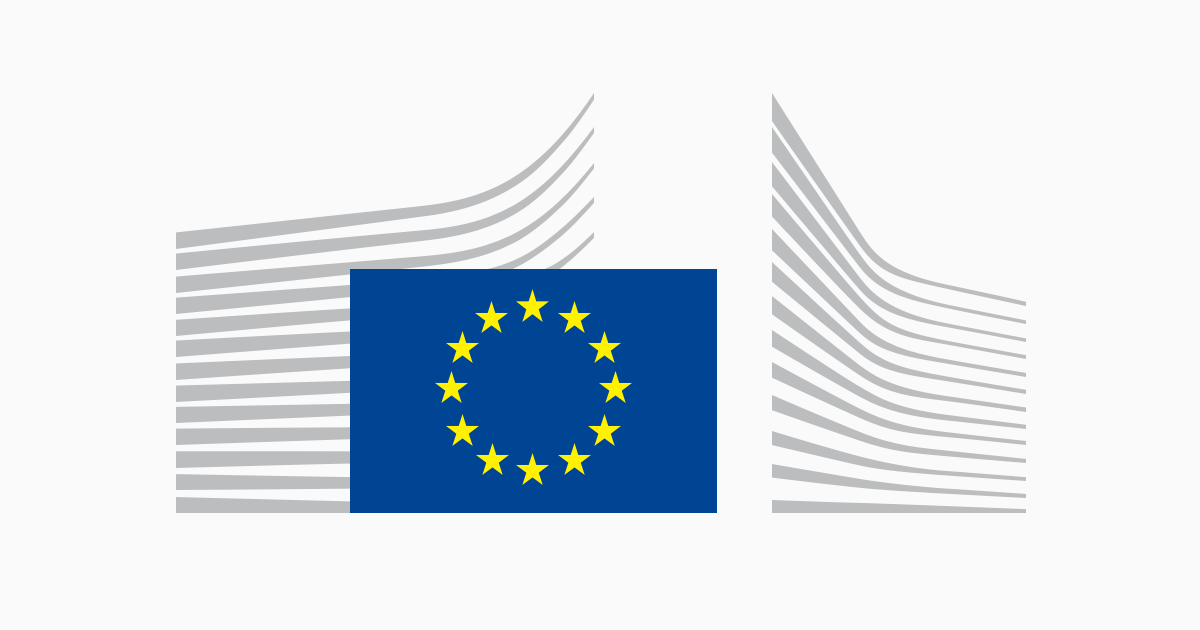In my first months at MAIA, we shipped "select all files" buttons and subfolder structures. ChatGPT can write code, analyze data, and have philosophical conversations—and I wanted to build... file organization?
But here's what ChatGPT can't do: wade through the reality of enterprise file chaos. While OpenAI demos pristine Notion databases, our customers live in a world of scattered PDFs across seventeen different systems, legacy folders no one remembers creating, and "final_final_v3" documents everywhere.
Meanwhile, I remembered how I watched Neeva shut down. The privacy-focused search engine had raised millions, hired ex-Google executives, and built impressive AI features to compete with ChatGPT. They even created NeevaAI—an "experience that combines the best of ChatGPT with the authority and timeliness of search."
Six months later: dead.
The difference? We built file organization buttons. They built a ChatGPT competitor. We're still here.
If you only have 5 minutes: here are the key points
Enterprise AI success comes from solving unsexy, persistent problems—like messy file organization—not chasing cutting-edge demos.
General AI tools like ChatGPT struggle with real-world data chaos and can't match the niche utility of focused, domain-specific tools.
Major AI vendors prioritize large, self-sufficient clients, creating a customer support gap that nimble startups can exploit.
Progress in foundational models benefits specialized tools automatically; focus is a growth lever, not a constraint.
Avoid the "kitchen sink" trap—survival lies in delivering deep value in a narrow domain. Boring features often drive the most impact.
Here's the brutal truth about enterprise AI: The demos always show perfect data. Clean spreadsheets. Organized documents. Teams that have their act together.
Reality is different. At MAIA, we help industrial companies navigate their product information. That means dealing with:
Engineering specs buried in 15-year-old network drives
Product catalogs scattered across departments
Documentation that exists in someone's head, a PowerPoint from 2019, and a handwritten note taped to a machine
ChatGPT is amazing at developing integrations into systems that exist. But we know there's a crowd out there that lives in reality—people who simply don't have all their files neatly organized in SharePoint or Google Workspace.
We’re building a tool for them. For people who need to wade through dozens of distributed files all day long. We develop tools for places where "the one central SharePoint" simply doesn't exist. These constraints aren't limitations—they're our moat. File chaos keeps ChatGPT out.
And we know ChatGPT won't go there; not to the depths we’re willing to go to.
Want to know why there's still room in AI? Try getting meaningful support from OpenAI as a mid-sized European manufacturer.
You'll be ignored.
Not because they're rude—because they're optimizing for big tech companies who won't need hand-holding. OpenAI, Anthropic, and other major vendors prioritize by two things: (1) size of the account and (2) expected customer service burden.
Translation: The bigger and more self-sufficient, the better. They want customers who can implement AI without support calls, troubleshoot their own prompts, and scale without human intervention.
This automatically cuts off 80% of companies across the globe from major AI vendors. Manufacturing companies that need guidance. Service businesses that want hand-holding. Any organization that doesn't have a team of tech engineers on payroll.
It's not the main reason we focus on industrial companies—we actually care about those workflows—but this structural gap creates opportunities everywhere.
When Claude 3.7 integrated into MAIA, something magic happened. All those advanced prompting challenges our customers struggled with? 90% disappeared overnight.
We didn't build those features—we just stayed focused on our customers' real problems while the underlying tech got better. This is the paradox of AI product management: The less you chase the latest capabilities, the more you benefit from them.
While Neeva burned cash trying to replicate ChatGPT features, focused AI products got faster, smarter, and more capable for free. We partner with the foundation models instead of competing with them.
Six months into running product at MAIA, I've seen this pattern everywhere: Every week brings new AI capabilities, and every week another AI startup dies trying to keep up.
The brutal truth: You can't out-develop OpenAI, Google, or Anthropic. They have more engineers, more budget, more chips, more everything.
But here's what the smart AI PMs figured out: You don't need to.
Think of it this way:
Niche Products: Specialized, focused, profitable. Jasper for marketing copy. Cursor for coding. MAIA for industrial product search.
General Purpose Products: Try to do everything ChatGPT does, die doing nothing well. Neeva. Copy.ai's failed "all-purpose AI" pivot.
The founders who survive look boring to TechCrunch. They picked one altitude and stayed there.
Every time you add another feature, another ChatGPT-like capability, you take away from what makes you irreplaceable. The "select all files" button that seemed so mundane? It solves a real problem that general AI will never touch.
Five months in, I'm more convinced than ever: In AI, boring is beautiful. The products making real money aren't the ones with the most impressive demos. They're the ones that picked a problem general AI will not solve and owned it completely.
Chris Pedregal, CEO and cofounder of Granola, an amazing AI-powered meeting note taking app, shared a set of lessons that very much resonate with me. In his two every.to articles he shared lessons that mirror the key point of this piece: ChatGPT isn’t going to eat up all start ups, quite the opposite, you can use the model APIs and align your product so that if they grow, you grow.
.png)





